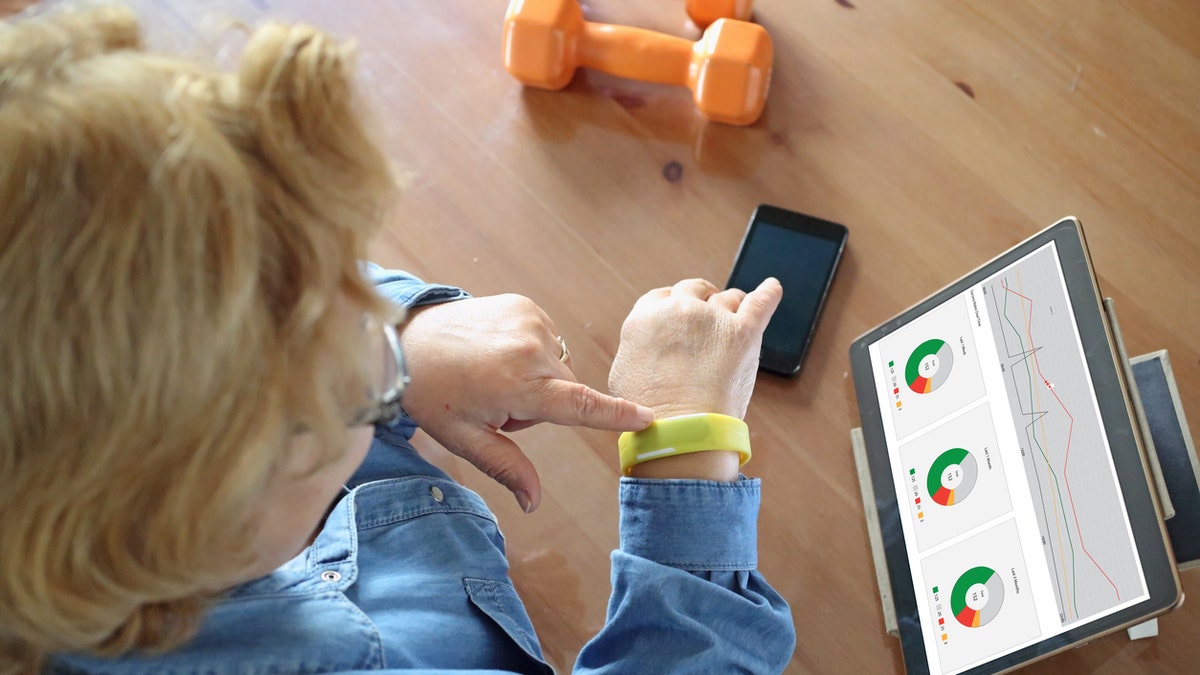
Senior woman using health technology (iStock)
Recent media coverage has begun to highlight the ageism that is prevalent, but largely unacknowledged in Silicon Valley. Yes, Silicon Valley is ageist. But the truth is, we all are. Even you. Even me.
Ageism is one of the last "isms" so embedded into our culture that we rarely recognize it in our daily lives. Every day, we draw conclusions about other generations. Boomer employers want to solve the “Millennial problem.” Millennials want the older folks to get with the new program.
My deep desire is to end this generational standoff. It is not doing us any good. It hurts us personally as we unwittingly limit the things we go after citing our age as a reason.
It hurts us as a society as we limit the ingenuity and innovation that comes from age-diverse workplaces.
It is time to tap into the value brought by bringing generations together, rather than focusing on the differences that divide us.
Consider that a 10-year-old in the U.S. today has a 50 percent chance of living to 104. The implications of this are staggering for how we live, how we learn, and how we work.
Ten thousand people in the United States turn 65 every day — and yet, most of the technology and tools at the frontiers of innovation are designed for and by young people. This gap represents a huge opportunity.
The tech industry has the opportunity to lead the way by taking on two major blind spots:
1. The value of designing for the entire age spectrum: Human-centered design is great, but let's make sure some of those humans we are designing for are older people. There's money in it. The annual economic activity generated by people 50+ account for $7.6 trillion in the US alone. And, bringing the best of design and technology to edge cases can drive unexpected innovation. Consider that Oxo Good Grips created an entire market category - high end, stylish, user friendly kitchen gear designed for people with arthritis but used by everyone.
2. The value of the intergenerational workforce: Scott E. Page's research has proven that teams of people with diverse backgrounds find better solutions than brilliant individuals working alone.
We often consider gender, race, ethnicity as contributing to diversity. But rarely do we include age.
Yes, we protect against age discrimination, but we don't yet value age diversity as a thing to strive for.
The companies that figure out how to make the most of intergenerational teams will unlock huge competitive advantage.
There are more older people, living longer than at any other time in human history.
We need more solutions for this new reality. And the first step is to take on our own ageism.
I came to this realization at age 40, through my work with AARP and its visionary and straight-talking CEO, Jo Ann Jenkins. She has invited us all to challenge outdated beliefs about aging and to spark solutions so people can choose how they live as they age.
This work has changed my life. It has changed how I see age and aging.
It has changed how I am parenting my 12-year-old son, as I look ahead to helping him lead a purpose-driven, adaptive, resourceful 100+ year life.
